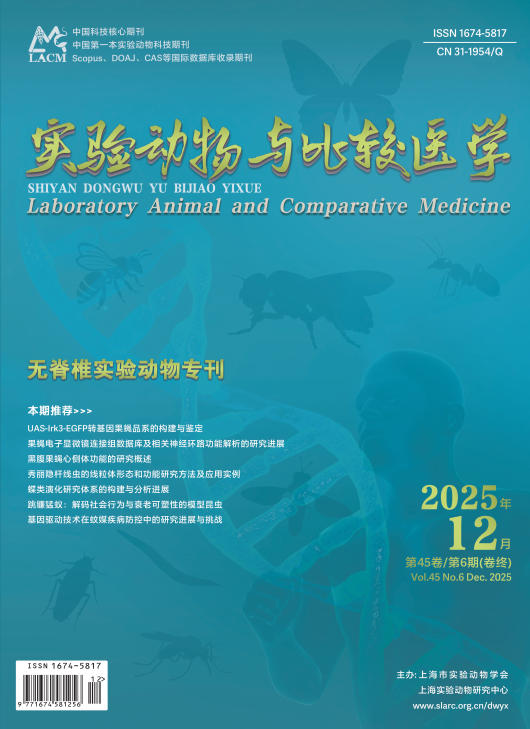-
Comparative Study on Formation of Atherosclerosis and Phospholipase A2 Expression in ZDF and SD Rats
- SI Xu-wei, XI Sai-fei, XU Xiao-ping, ZHUGE Fu-yuan, CHEN Xiao-zhen, CAI Yue-qin, CHEN Min-li
-
2015, 35(1):
10-16.
DOI: 10.3969/j.issn.1674-5817.2015.01.003
-
 Asbtract
(
492 )
Asbtract
(
492 )
 PDF (2008KB)
(
611
)
PDF (2008KB)
(
611
)
-
References |
Related Articles |
Metrics
Objective To observe the formation of Atherosclerosis(AS) and expression of cPLA2, sPLA2, LP-PLA2 in AS tissue of ZDF rats and SD rats. Methods 6 ZDF (fa/fa) rats and 6 SD rats, with high-fat feeding and small dose, multiple times, intraperitoneal injection of 7×105 U/kg vitamin D3,to build ZDF rats AS model group and SD rats AS model group, 6 ZDF (fa/+) rats and 6 SD rats, respectively,as ZDF rats control group and SD rats control group, fed with normal diet. GLU, TC, TG, HDL-C, LDL-C were measured before and after the establishment of the model, blood Ca2+ was measured after the establishment of the model, HE staining and Real-time PCR to detect the expression of cPLA2, sPLA2, LP-PLA2 mRNA in the abdominal aorta. Results After the establishment of the model, fasting blood glucose, blood lipid and blood Ca2+ were significantly higher (P<0.01), typical AS and obvious calcification were appeared in abdominal aorta of ZDF rats AS model group and SD rats AS model group, fasting blood glucose, blood lipid of ZDF rats AS model group were significantly higher than SD rats AS model group, and AS lesion was relatively serious, in ZDF rats AS model group, the expression of cPLA2, sPLA2 were significantly increased (P<0.01), while the expression of LP-PLA2 was significantly decreased (P<0.01); in SD rats AS model group, the expression of cPLA2, sPLA2, LP-PLA2 were significantly increased (P<0.01). Conclusions With high-fat feeding and small dose, multiple times, injection of vitamin D3 can establish the AS model in ZDF rats and SD rats, and AS lesion is relatively serious in ZDF rats, the expression of PLA2s are different in ZDF rats and SD rats, and this may be related to molecular pathological mechanism of the formation of AS in ZDF rats and SD rats.
-

